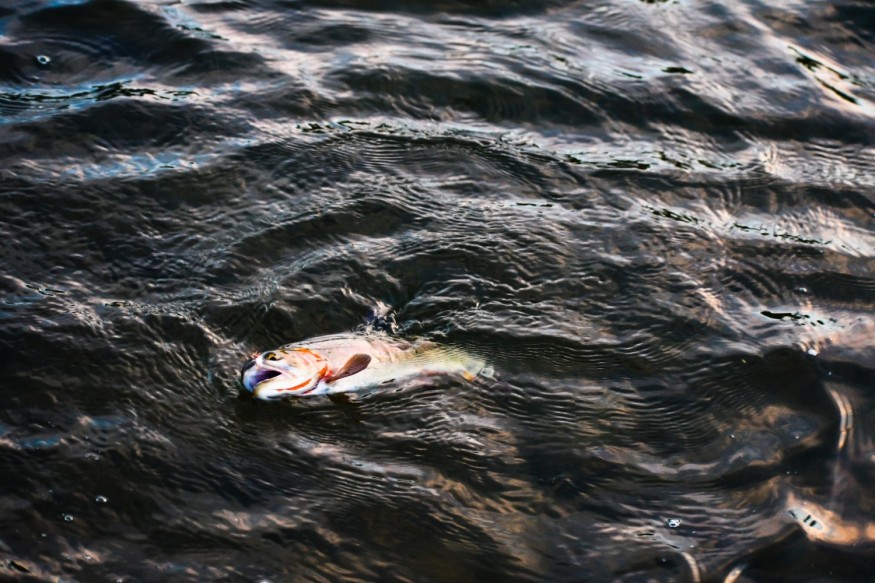Officials in Florida's Tampa Bay area are unsure whether the next storm or serious typhoon to pass through the Gulf of Mexico would break up the huge red tide epidemic, which has left huge quantities of dead fish and other sea life anywhere along bay's shoreline.
According to Levy, the large and prolonged 2018 red tide epidemic was eventually cleaned up following a seasonal shift in weather in November and December since the weather is a factor in the red tide.

Winds have already driven more fish onto the coast and into residential canals in the county's east and south. Recent afternoon thunderstorms with strong lightning, which are normal this time of year in parts of Florida, have hindered cleanup operations.
According to city officials in St. Petersburg, the red tide is worse than in 2018, when a long-lasting bloom killed big sea life like as manatees and dolphins, caused severe health impacts, and drove visitors away from beaches.
Why the Red Tide happens
The Karenia brevis is a tiny algae that has a neurotoxic that kills fish and other creatures. It can also cause respiratory problems in people, as well as serious sickness in individuals who have illnesses like asthma or emphysema.
People who ingest contaminated shellfish may become ill. Red tides are naturally present in the waters of the Gulf of Mexico. However, severe blooms are uncommon in the Tampa Bay area during the summer, according to Richard Stumpf, an oceanographer with the National Oceanic and Atmospheric Administration.
It blooms begin in the fall and last in January, although July blooms in the area have happened a few times in recent history. A dying fish can also produce nitrogen, which fuels further algal blooms. This, in turn, influences the economy.
According to the Tampa Bay Regional Planning Council, red tide cost more than $130 million in physical and economic damage to companies in a 12-county region, including those around the bay, in 2018.
Clean up at Tampa Bay
Clean up is still ongoing, and there is no end in sight. Some fish must be picked up by hand, and decomposing fish must be removed immediately, or the nitrogen-hungry algae would continue to feast on their nutrients.
According to the Pinellas County solid waste division, 600 tons of dead sea life have been gathered by cleanup teams around the county since late June. Amber Boulding, St. Petersburg's emergency manager, warned during a press conference that more might wash up on the coast until the bloom dissipates. According to Richard Stumpf, it is uncertain when this will occur.
Since the Pinellas County waste division has received thousand tons of dead fish killed by red tide, and a fraction of the debris has been converted into energy. Every day, the plant generates enough electricity to power about 45,000 households. Watson estimates that 80-90 percent of the county's waste is burnt to conserve valuable landfill space.
"Here at our landfill, we have about 75 years left of life," Stephanie Watson added. "It's a precious, finite asset. We don't want the landfill to fill up."
© 2026 NatureWorldNews.com All rights reserved. Do not reproduce without permission.





